Some are compression-short-wearing athletes who trek through the trails of the Wissahickon or beside the Schuylkill River. Some are commuters, taking the city’s bike lanes to and from work every day. Others are “wheelie” kids, groups of teenagers and young adults pulling tricks down Broad Street, not a single care or helmet in sight. All of them are cyclists.
Biking has been praised as a healthy, environmentally-conscious activity that can build community, but there hasn’t always been equal room on the road for all riders. Historically, BIPOC bike enthusiasts have been overlooked when it comes to inclusion in the white male-dominated activity.
There’s a lot of room for development within the city of Philadelphia as far as representing people of color in the world of cycling.”
— Malaku Mekonnen, Bicycle Coalition of Greater Philadelphia youth cycling program manager
And those interested in performing tricks are viewed suspiciously by the City of Philadelphia due to the lack of safety precautions. After the 2017 rideout that overtook the Vine Street Expressway, police have warned bikers against dangerous tricks, mainly “swerving.” A hazardous stunt often done for social media clout, swerving is the act of riding a bicycle into traffic and swerving at the last moment. Adding to the negativity cyclists of color face is the hostility toward and subsequent crackdowns on all-terrain vehicles (ATVs)and dirt bikes.
Working to counter those negative perceptions and to make biking more accessible for marginalized communities are groups like Neighborhood Bike Works, the Bicycle Coalition of Greater Philadelphia and Kings Rule Together/Queens Rule Together cycling clubs.
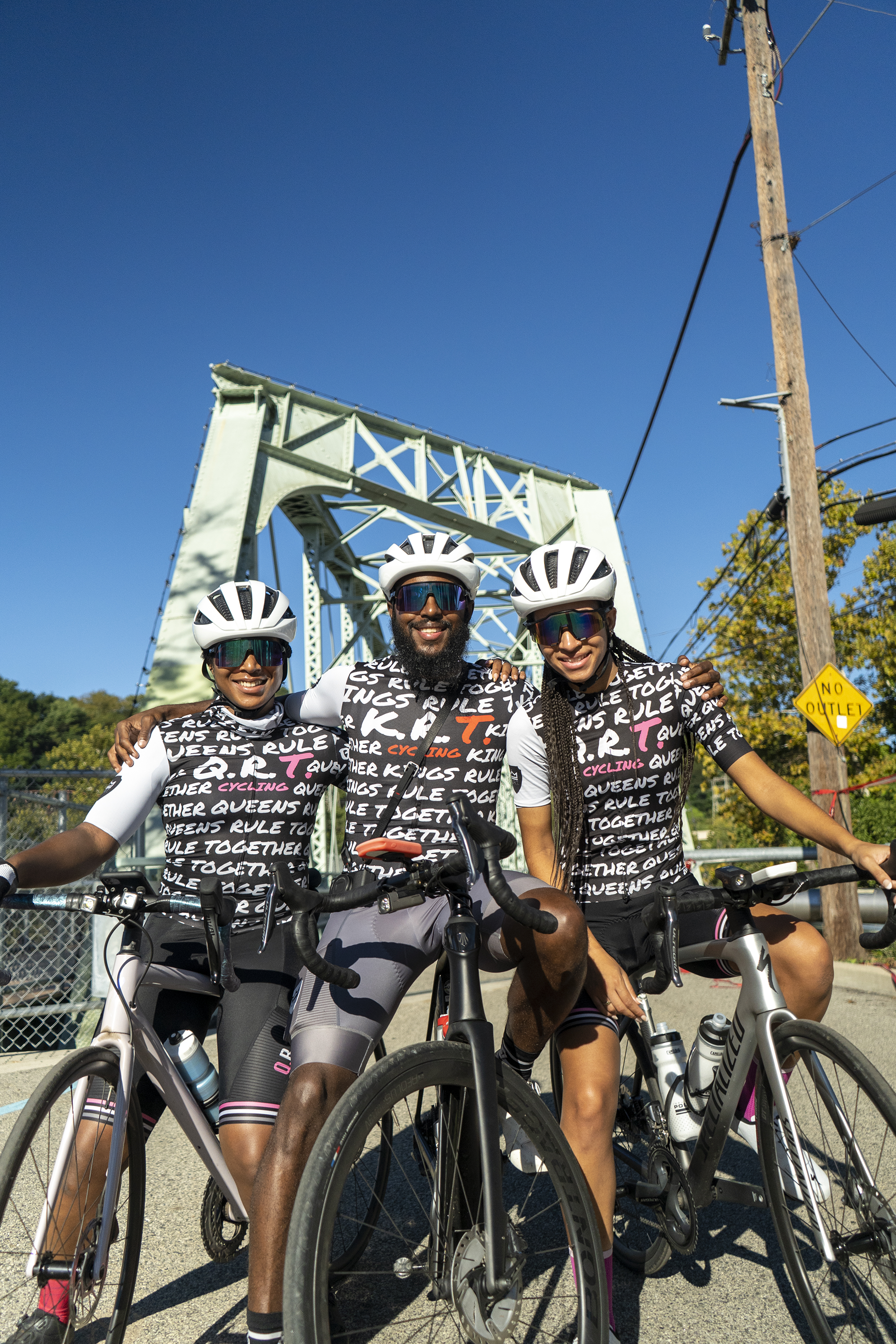
“There’s a lot of room for development within the city of Philadelphia as far as representing people of color in the world of cycling,” says Malaku Mekonnen, youth cycling program manager with the Bicycle Coalition. Mekonnen says that the majority of people in his program are people of color. He explains how even the smallest of interactions in cycling can set a tone for riders who don’t see themselves reflected within the community. “If you go into a traditional bike shop, you’ll see white faces behind the counter, on the posters, on the advertisements, and so it will give you the feeling of ‘I don’t belong.’”
Biking can become expensive depending on the bike and gear you choose, but there are other factors like representation or lack of bike lanes that keep cycling’s audience from growing. Mekonnen and the Bicycle Coalition have sought equality through representation on all fronts of cycling. “What the [coalition] does is that they make an initiative, their goal and purpose in hiring people of color, a community that reflects what the community looks like. So the Bicycle Coalition has put forth a great effort to get more and more people of color actually into the world of cycling,” Mekonnen says.
Mekonnen says there are still improvements to be made. As bike culture continues to evolve, can there be space for riders interested in the less traditional forms of riding? The reality is that not everyone wants to do distance biking. Some want to pop wheelies and perform stunts, so Curran J, founder of Kings Rule Together, is holding space for those bikers, too.
Many Philadelphians know the anxiety of driving through the city when suddenly, a horde of teenagers comes riding down the street, front wheels sky high, swerving between cars and incoming traffic. Curran J tries to create a sense of respect and mutual understanding between such riders, the majority of whom are young Black and Brown teens, and residents who criticize the activity.
“I think in order to respect something, you need to understand it. I understand it because I was once that kid,” Curran J says. He believes that if Philly invested in clinics that provide structured platforms where riders compete by performing tricks, such as the BMX stunt shows that happen nationally, maybe riders would channel their energy into something constructive and positive that still allows them to do what they do best.
“More kids on bikes is not a bad thing. It’s hard for people to relate to stuff that they have no experience with. They don’t see it from our lens, and they’re not open-minded enough to see these kids can be out here robbing, stealing, but they are riding bikes. Yes, it can be a little dangerous sometimes. Yes, we want them to be safe. But when you are a kid, you’re gonna do things like a kid — unless you have the direction of adults to really give you that guidance,” Curran J states.
With more representation comes more of an appreciation for the styles of cycling or biking, an evolution that Kiyoshi Howard, youth programs instructor and mechanic at Neighborhood Bike Works, finds exciting. “Everyone has their own individual style, and I respect all different styles across the board because it’s on the spectrum of a bicycle. And that’s how they like to express themselves. I like how self expression is a tool that gets people to come together. It’s amazing and invigorating at the same time.”
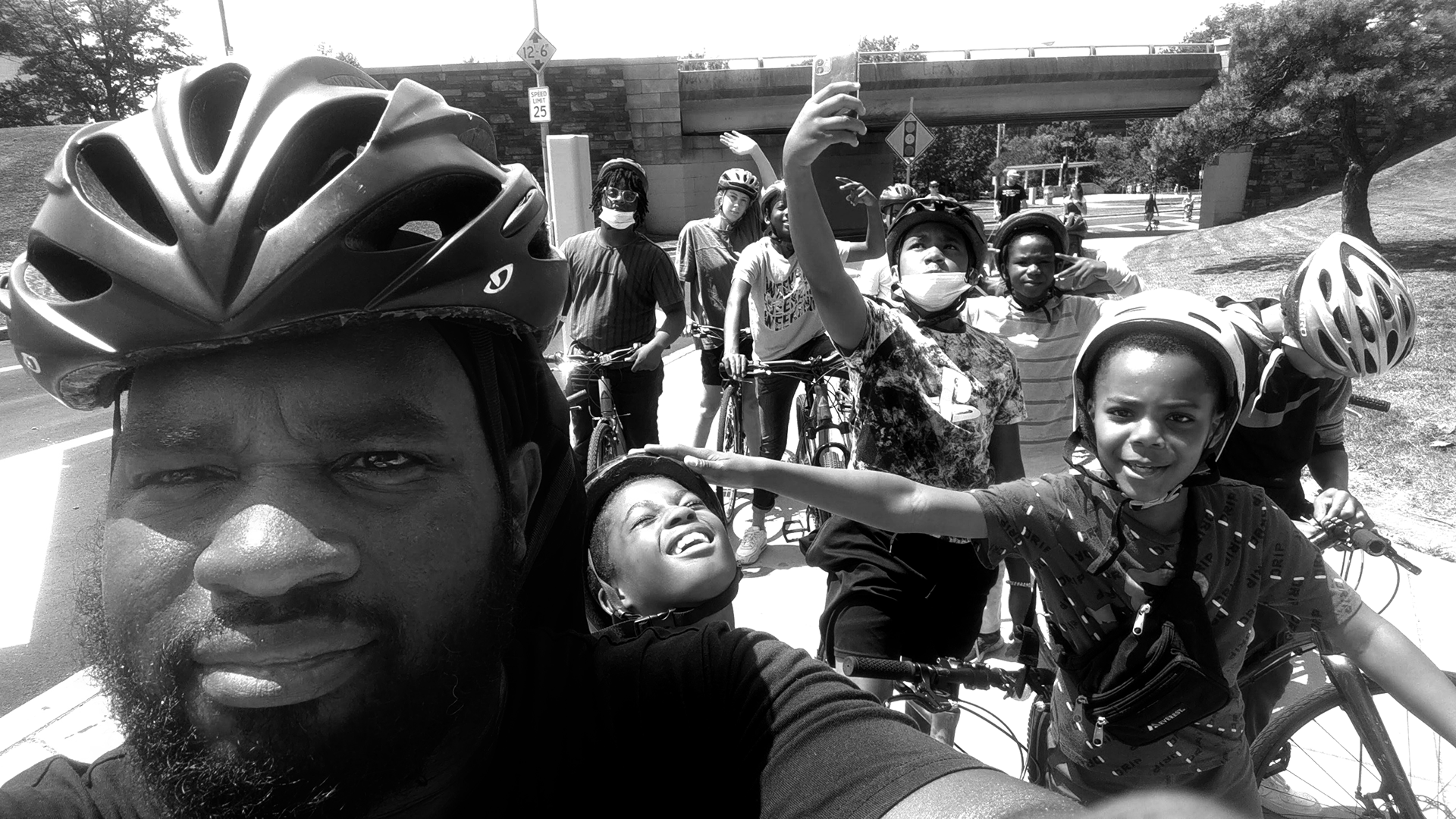

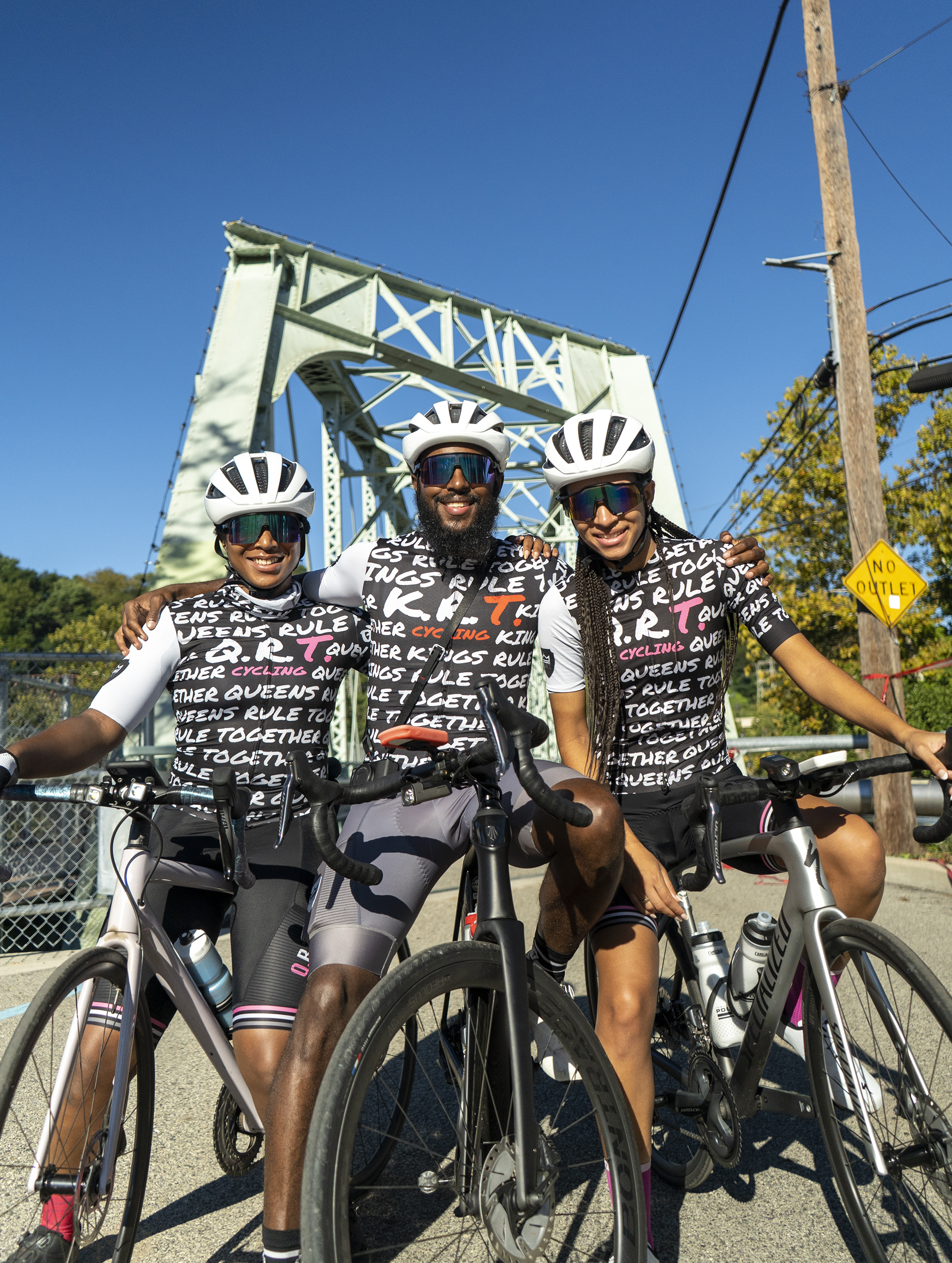
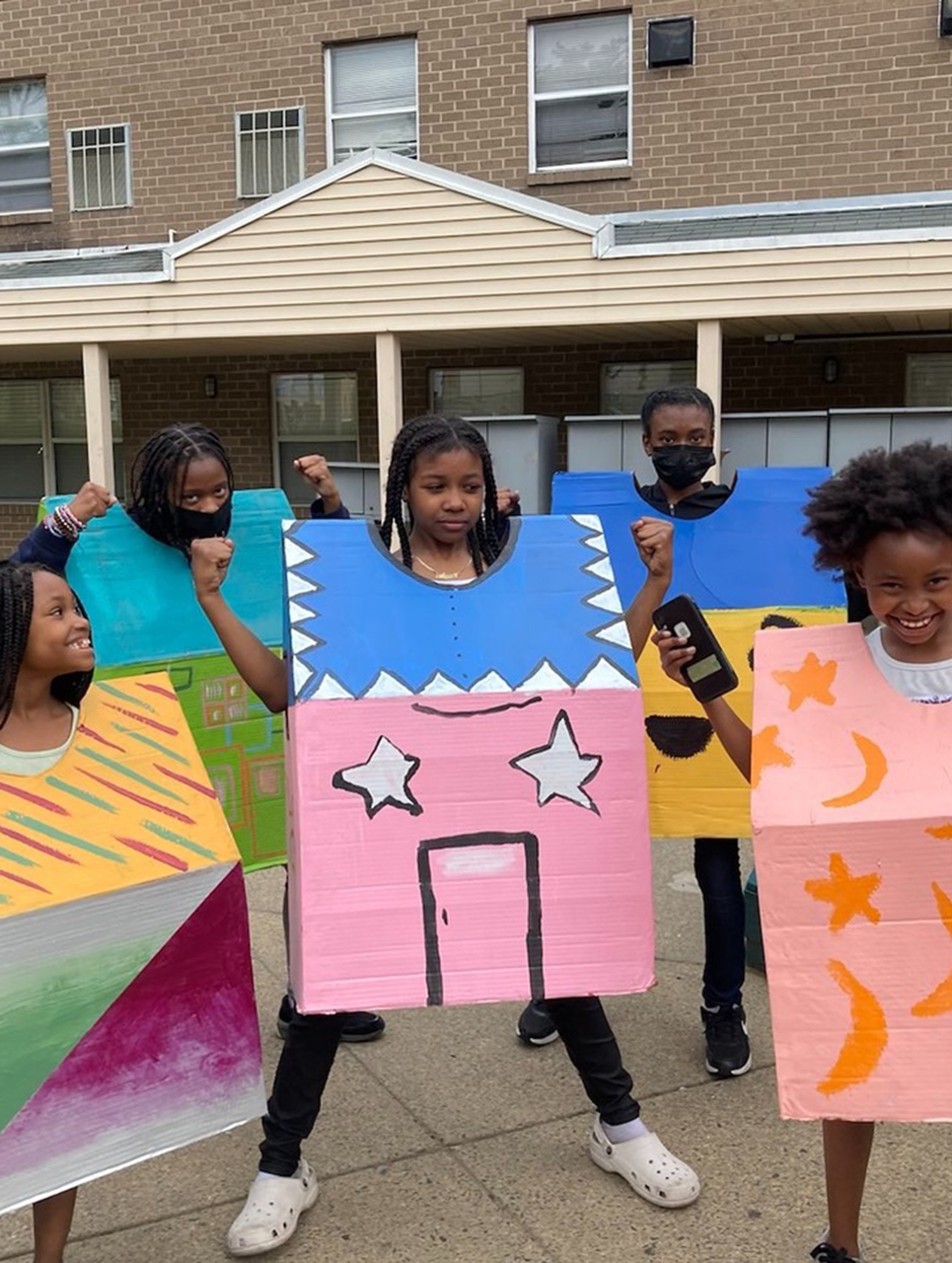
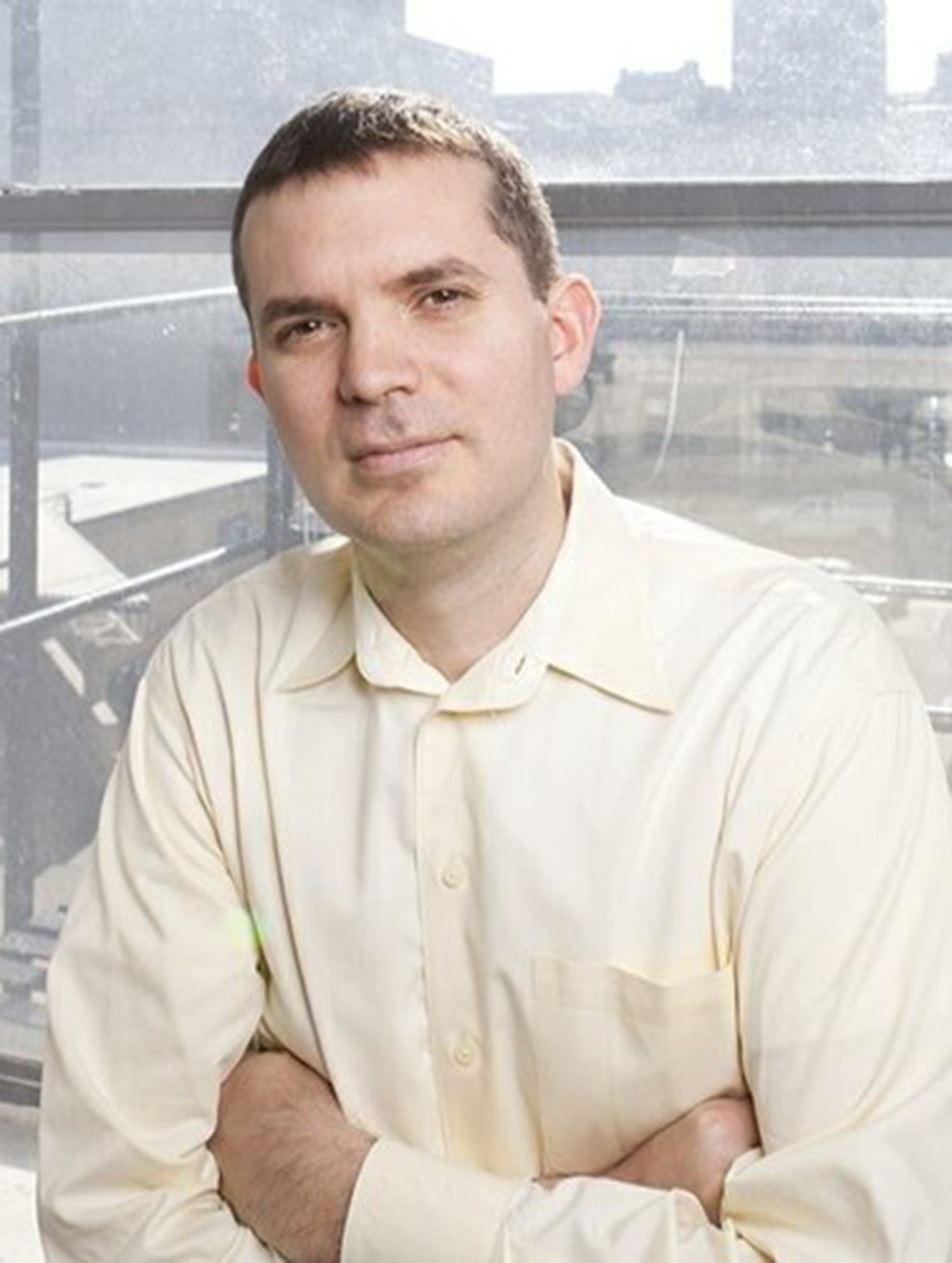

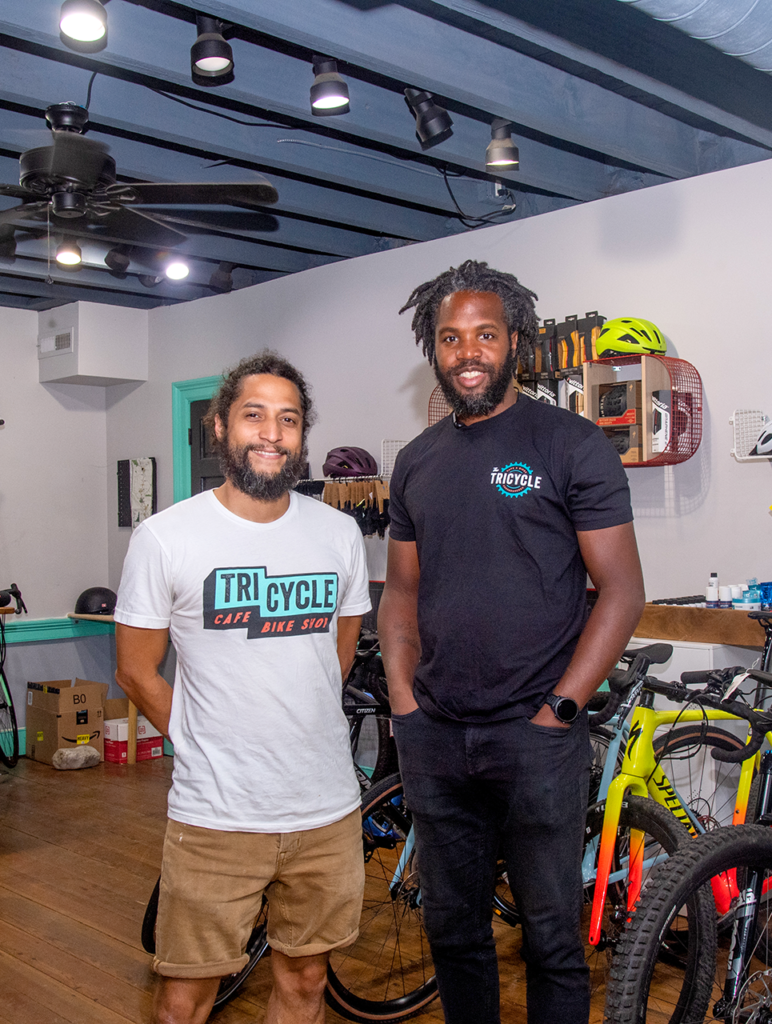

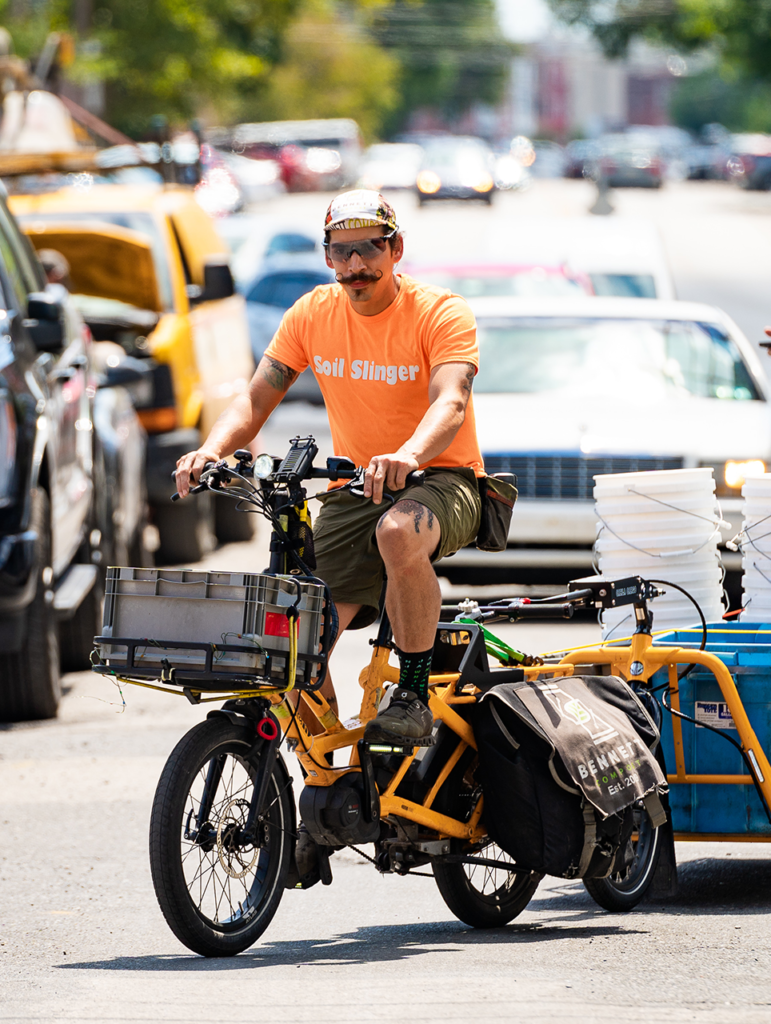
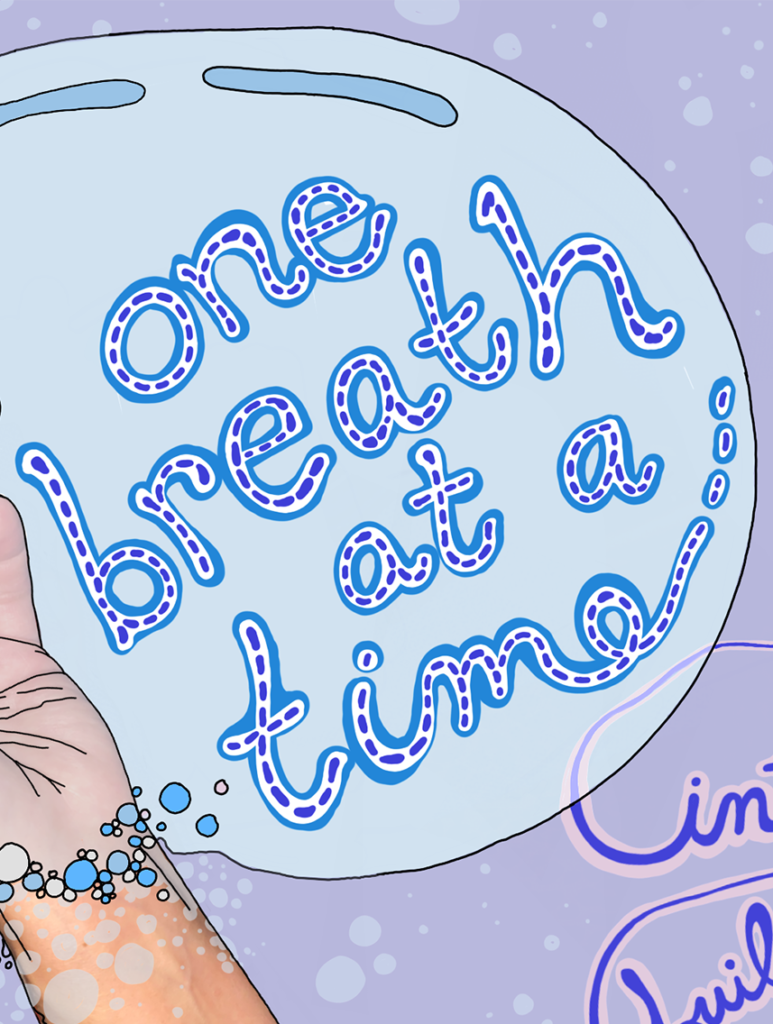
“And those interested in performing tricks are viewed suspiciously by the City of Philadelphia due to the lack of safety precautions. ” And this is how these “riders” should be viewed!
did you even read the article?
Thom Nickels, thank you! This is not a question of race but of safety for all. Circus stunts do not belong on roads used by motor vehicles. They endanger everyone.